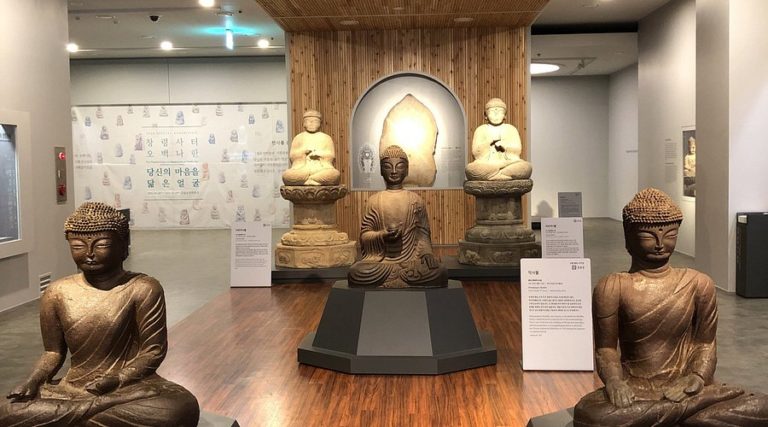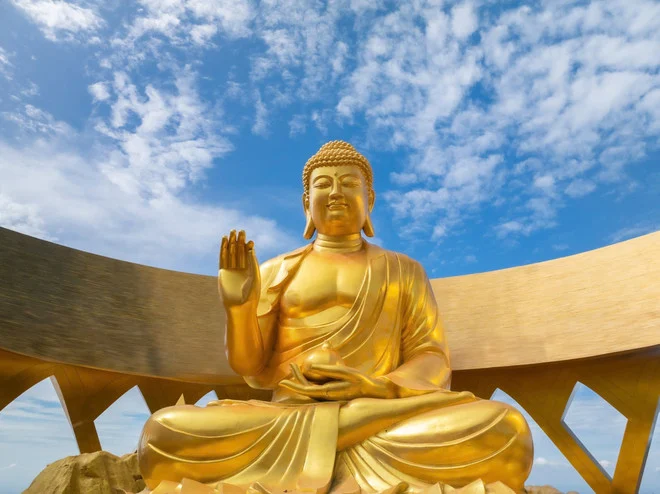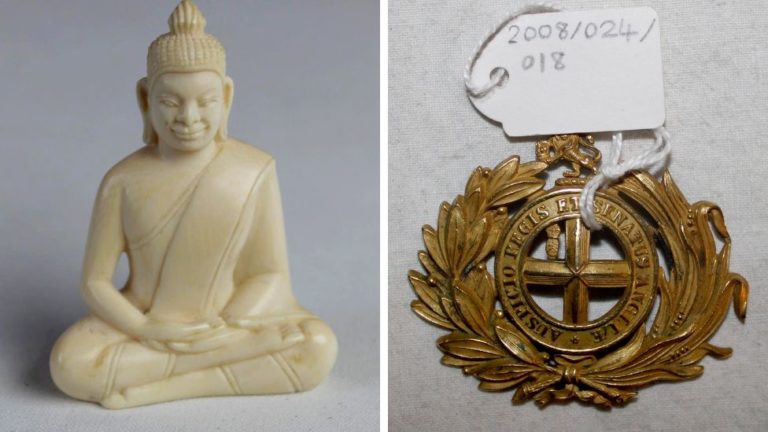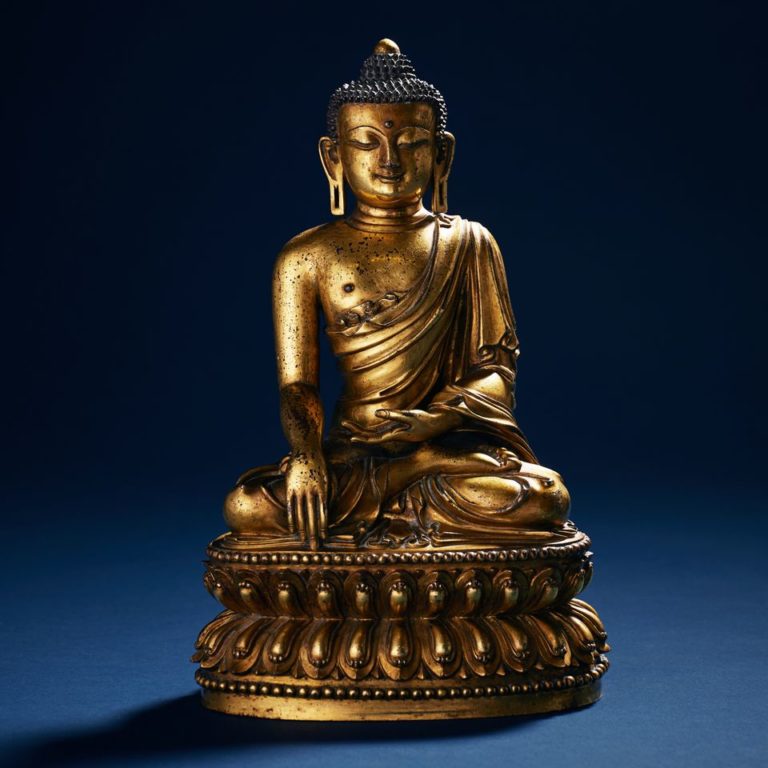Two decades after the Taliban’s infamous demolition of the Bamiyan Buddhas, the hollow alcoves where they once stood now serve as haunting reminders of cultural loss—and symbols of fragile diplomatic overtures.
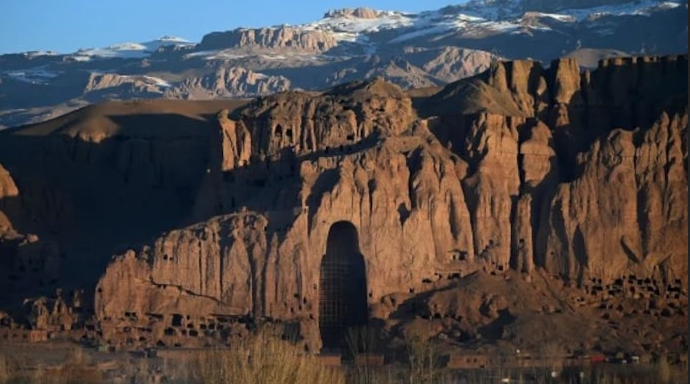
At a recent press briefing in Delhi, Taliban Foreign Minister Amir Khan Muttaqi sat before a painting of one of the destroyed Buddhas, a quiet but potent image. The statues, carved into sandstone cliffs in Afghanistan’s Bamiyan Valley in the 6th century CE, were obliterated in March 2001 by Taliban forces using rockets, artillery and explosives. Declared “shrines of unbelievers” by then-leader Mullah Omar, their destruction sparked global outrage and was condemned by UNESCO as a “crime against humanity”.
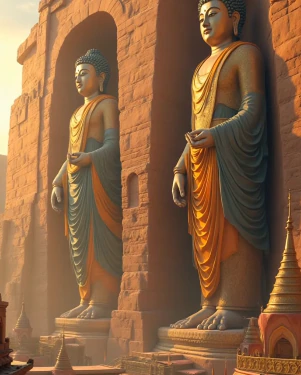
AI Rendition
Today, the site is under threat once more—not from explosives, but from neglect, poverty and encroachment. The cliffside caves, once monastic dwellings adorned with frescoes, now shelter homeless families. Soot from cooking fires obscures centuries-old art, and only a handful of police officers are tasked with protecting Bamiyan’s heritage sites.
Efforts to restore the Buddhas have faltered. International teams recovered thousands of fragments and created 3D reconstructions, but UNESCO concluded full restoration was unfeasible. Some proposals suggest leaving one alcove empty as a memorial, while stabilisation work continues with support from Japan, Germany and Italy.
The Taliban, now back in power, claim they will safeguard heritage sites. Yet experts remain sceptical, citing limited resources and unclear priorities. The presence of extremist groups like ISKP adds further risk.
As India cautiously re-engages with Kabul, the Buddhas’ absence looms large. Their destruction marked a rupture; their potential restoration could signal reconciliation. But for now, the empty niches in Bamiyan remain silent witnesses to what was lost—and what may never return.

